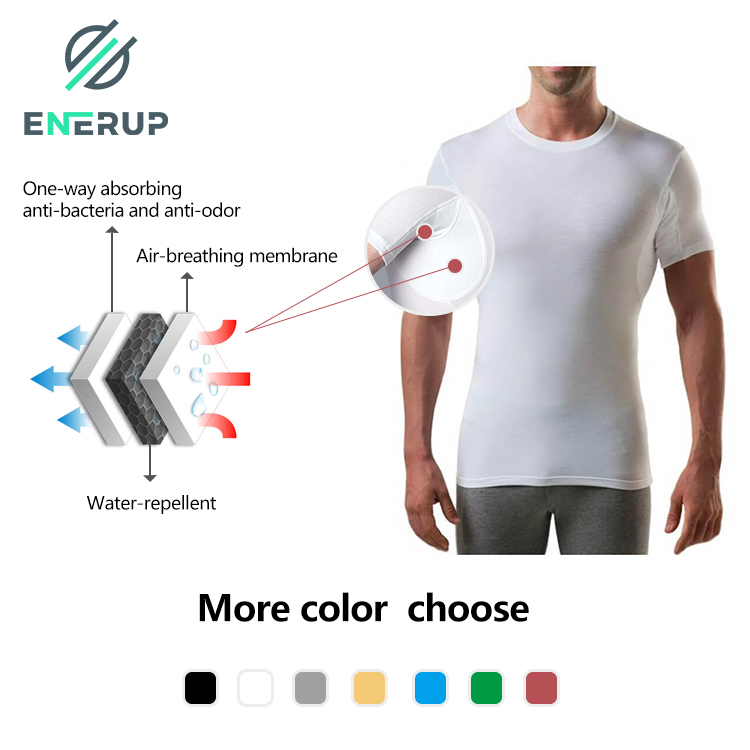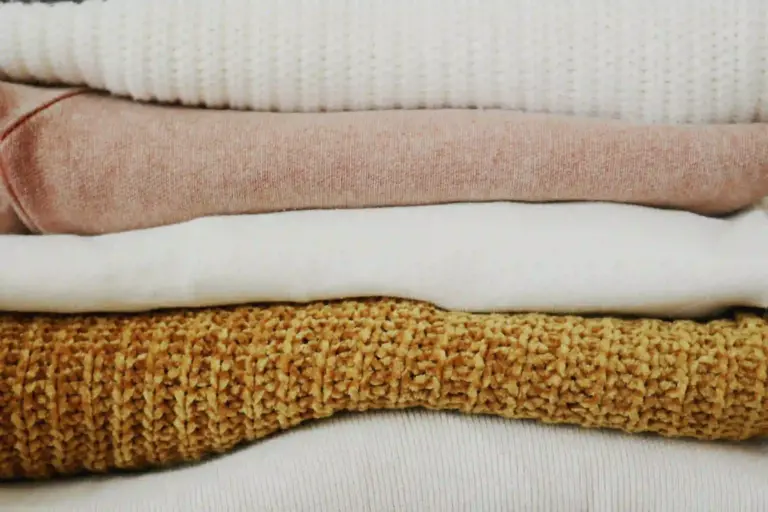In today’s dynamic era, individuals are not only increasingly mindful of their health and fitness but also prefer to prioritize comfort in their choice of clothing. Especially under conditions marked by elevated temperatures and high humidity, there is typically a notable increase in perspiration levels. The inability to properly manage this excessive sweat can lead not only to discomfort but may adversely impact physical performance, and potentially trigger health-related issues.
Given such necessities for effective perspiration management paired with comfortable wearability, the advent of sweat-proof underwear aligns perfectly as an essential requirement for contemporary lifestyles. These have gained significant popularity among ardent sports enthusiasts and those seeking enhanced wellbeing through optimal comfort level. But what makes sweat-proof underwear so effective at keeping one dry?
Material characteristics of sweat-proof underwear
The material properties of sweat-proof underwear play a vital role in keeping the body dry. Currently, the mainstream sweat-proof underwear on the market is mostly made of high-tech synthetic fibers, such as polyester fiber, nylon, etc. These materials have the following salient features:
Good moisture wicking properties
High-tech synthetic fibers often have excellent hygroscopicity and quick-drying properties. They can quickly absorb sweat from the skin surface through the microstructure of the fiber surface, and quickly conduct it to the outer layer of the underwear. Through air convection and evaporation, the sweat can be quickly evaporated, thereby keeping the inside of the underwear dry and comfortable.
Excellent breathability
The materials of sweat-proof underwear usually have high breathability, which means that they can effectively reduce sweat retention on the skin surface, reduce humidity, prevent bacterial growth, and reduce odor production. At the same time, good breathability also helps regulate body temperature, allowing people to stay cool and comfortable during exercise or high temperature environments.
Wear-resistant and easy to care for
High-tech synthetic fibers generally have better wear resistance and wrinkle resistance, which makes sweat-proof underwear not only have a long service life, but also easy to clean and maintain.
Design concept of sweat-proof underwear
In addition to material properties, the design of sweat-proof underwear is also a key factor in keeping the body dry. Here are a few important design concepts:
Ergonomic cut
Sweat-proof underwear is usually ergonomically cut to closely fit the curves of the body and reduce the accumulation of sweat between the skin and the underwear. At the same time, reasonable tailoring can also reduce friction and resistance during exercise and improve sports performance.
Partition Design
According to the amount of sweating and heat dissipation needs of different parts, sweat-proof underwear often uses zoned designs. For example, areas prone to sweating, such as the back and armpits, may use denser sweat-wicking fibers to better absorb and discharge sweat; while areas that need to be kept warm, such as the chest and abdomen, may use warmer materials to maintain the warmth. Body temperature balance.
Details
Sweat-proof underwear also pays great attention to the details. For example, elastic materials are used in collars, cuffs and other parts, which not only ensures the comfort and fit of wearing, but also effectively prevents sweat from penetrating from these parts; antibacterial materials may also be used inside the underwear to reduce the growth of bacteria and keep it clean and hygienic.
Functional application of sweat-proof underwear
Sweat-proof underwear not only keeps the body dry, but also has a series of functional applications to further improve the wearer’s comfort and sports performance.
Temperature adjustment function
Some high-end sweat-proof underwear also has temperature regulation capabilities. By using special fiber materials and structural design, they can maintain a suitable wearing feeling in different temperatures. In low-temperature environments, these underwear can effectively lock in body heat and prevent heat loss; while in high-temperature environments, they can quickly discharge sweat, lower the body surface temperature, and keep cool.
Antibacterial and anti-odor function
In order to deal with the bacterial growth and odor problems caused by sweat, some sweat-proof underwear also incorporates antibacterial and anti-odor technology. These technologies are usually implemented by adding antibacterial agents or using special fiber processing methods, which can effectively inhibit bacterial growth, reduce odor generation, and keep underwear fresh and hygienic.
UV protection function
For outdoor enthusiasts, UV protection is equally important. Some sweat-proof underwear has ultraviolet absorbers added to the fabric, which can effectively block ultraviolet rays and protect the skin from damage.
Correct use and maintenance of sweat-proof underwear
While sweat-proof underwear has many benefits, its performance and longevity can also be affected if not used and maintained correctly. Here are some suggestions:
Choose the right size and style
When purchasing sweat-proof underwear, you should choose the appropriate size and style based on your body shape and athletic needs. Underwear that is too tight or too loose may affect wearing comfort and perspiration performance.
Regular replacement and cleaning
sweat-proof underwear may accumulate sweat and bacteria after prolonged use, so it needs to be replaced and washed regularly. It is recommended that you change your underwear in time after each exercise and wash it with mild detergent. Avoid using bleach or strong alkaline detergents.
Avoid contact with rough objects
The material of sweat-proof underwear is relatively soft and is easily damaged by sharp or rough objects. Therefore, contact with these items should be avoided when wearing and storing to avoid scratching or abrading the underwear.
Keep properly
Sweat-proof underwear should be kept dry and ventilated when stored to avoid moisture and mildew. It is recommended to store underwear in a dry closet and hang it on hangers to avoid folding or compression.














